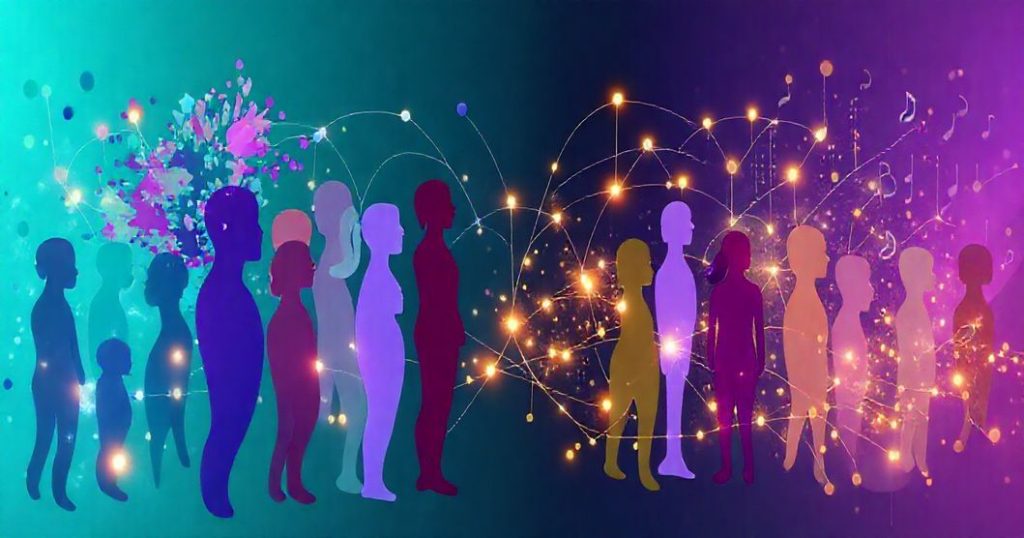Mitigating Bias in AI Image Generators: Ethical Considerations
As AI image generators continue to advance and become more accessible, the importance of addressing ethical considerations and mitigating bias in these tools has never been more pressing. The ability to create high-quality images with minimal input has opened doors for creators, marketers, and businesses alike, but it also raises significant questions about the potential for biased or discriminatory outcomes. In this comprehensive guide, we will delve into the world of AI image generation, exploring the current state of the technology, the challenges associated with bias, and most importantly, practical strategies for mitigating these issues to ensure the ethical use of AI image generators.
The journey into the realm of AI-generated images begins with understanding how these sophisticated tools work. At their core, AI image generators are complex software systems that utilize machine learning algorithms to generate images from text prompts. These models are trained on vast datasets of images, which they use to learn patterns, relationships, and eventually, the ability to synthesize entirely new images based on descriptive text inputs. However, the reliance on these datasets, which are often sourced from the internet and reflect its biases, poses one of the most significant challenges in mitigating bias in AI image generation.
For instance, if an AI model is primarily trained on datasets that underrepresent certain demographics or overrepresent stereotypes, the generated images will likely reflect these biases. This can lead to outcomes that are not only offensive but also perpetuate harmful stereotypes and contribute to a lack of diversity in visual content. Addressing these biases requires a multifaceted approach, starting from the development phase of the AI models themselves. Developers must prioritize diversity in training datasets, actively seeking out and including underrepresented voices and perspectives to ensure that the AI learns from a broad and inclusive range of sources.
Understanding Bias in AI Image Generation
Bias in AI image generation can manifest in various ways, from the underrepresentation of certain groups in generated images to the perpetuation of harmful stereotypes. One of the most concerning aspects of bias in AI-generated images is its potential impact on societal perceptions and behaviors. Images have the power to shape our beliefs, influence our attitudes, and inform our understanding of the world. When these images are biased, they can contribute to a distorted view of reality, reinforcing existing prejudices and making it more challenging to address issues like discrimination and inequality.
To mitigate bias, it’s essential to adopt a proactive approach. This includes not only ensuring that training datasets are diverse and representative but also implementing mechanisms for detecting and addressing bias in the AI’s output. Furthermore, developers and users of AI image generators must be aware of the potential for bias and take steps to mitigate it, whether through careful prompt engineering, the use of bias detection tools, or simply by being mindful of the images they generate and how they might be perceived.
Practical Strategies for Mitigating Bias
So, what can be done to mitigate bias in AI image generation? The first step is acknowledging the problem and recognizing that bias is not inherent to the technology itself but rather a reflection of the data it’s trained on and how it’s used. Here are several practical strategies that can help mitigate bias:
- Diverse Training Datasets: Ensuring that the datasets used to train AI models are diverse, inclusive, and free from bias is crucial. This involves actively seeking out underrepresented voices and perspectives to include in these datasets.
- Prompt Engineering: The way prompts are crafted can significantly influence the output of AI image generators. Careful prompt engineering, considering the potential for bias and how to mitigate it, can lead to more inclusive and respectful images.
- Bias Detection Tools: Utilizing tools designed to detect bias in AI-generated images can help identify and address issues before they become problematic. These tools can analyze images for signs of bias, such as underrepresentation or stereotyping.
- Education and Awareness: Perhaps most importantly, educating both developers and users of AI image generators about the potential for bias and the importance of mitigating it is key. Awareness of these issues can lead to more responsible use of the technology and a push for more inclusive practices in AI development.
By implementing these strategies and maintaining a vigilant approach to the potential for bias, we can work towards ensuring that AI image generators are used in a way that promotes inclusivity, respect, and understanding. The future of visual content creation is undoubtedly tied to AI, and how we navigate the challenges associated with bias will shape not only the technology itself but also the societal impact it has.
Conclusion
In conclusion, the ethical considerations and bias mitigation in AI image generators are complex issues that require immediate attention and action. By understanding how AI image generators work, acknowledging the potential for bias, and implementing practical strategies to mitigate these biases, we can ensure that this powerful technology is used for the betterment of society. Whether you’re a developer working on the next generation of AI models, a user of AI image generators, or simply someone interested in the ethical implications of emerging technologies, there’s a role for you to play in shaping a future where AI-generated images promote inclusivity, diversity, and respect for all.
As we move forward, it’s crucial that we prioritize ethical considerations in the development and use of AI image generators. This includes supporting initiatives that promote diversity in AI development, advocating for policies that address bias in AI, and personally taking steps to ensure that our use of AI image generators is responsible and respectful. Together, we can harness the potential of AI image generation to create a more inclusive and compassionate world, one image at a time. For more information on how to get started with AI image generation and to explore the ethical considerations in more depth, consider visiting Icebox AI, a platform dedicated to providing accessible and responsible AI solutions for creators and businesses alike.



